In this week’s Wednesday video, Patrick Bet-David discusses the looming global water crisis, how freshwater is distributed between domestic, industrial, and agricultural use, and why water supply is a serious issue. PBD also reviews what technology could be used to fix freshwater scarcity and water rights.
PBD also unveils how American “Big Short” investor Michael Burry is focused on investing in water as a commodity, a new “blue gold;” the CIA’s classified program to create fake rain through Operation Popeye; and what really happened in Flint, Michigan between Nestle and the government when drinking water was needed.
The 2015 high finance drama The Big Short follows the story of investor and Scion hedge fund founder Michael Burry and his ability to predict the 2008 housing crisis long before it occurred. The final frame of the film shows small letters on a black screen explaining the fate of Burry: No one cared he made the prediction, the FBI audited and questioned him four times, and now he invests in mere water.
Water? Why would someone knee-deep in stock market knowledge be dedicating their funds to such a basic and generic commodity?
Learn the benefits of becoming a Valuetainment Member and subscribe today!
It is hardly a secret that the substance that sustains us, without which we would die in roughly 100 hours, is becoming scarce.
According to a 2023 report by the Global Commission on the Economics of Water, which was cited by the United Nations (UN), we now face the possibility of “a 40% shortfall in freshwater supply by 2030, with severe shortages in water-constrained regions.” The U.S. government reports that America uses roughly 322 billion gallons of water per day. Roughly 4 trillion cubic meters (264 gallons) of fresh water is used worldwide every year.
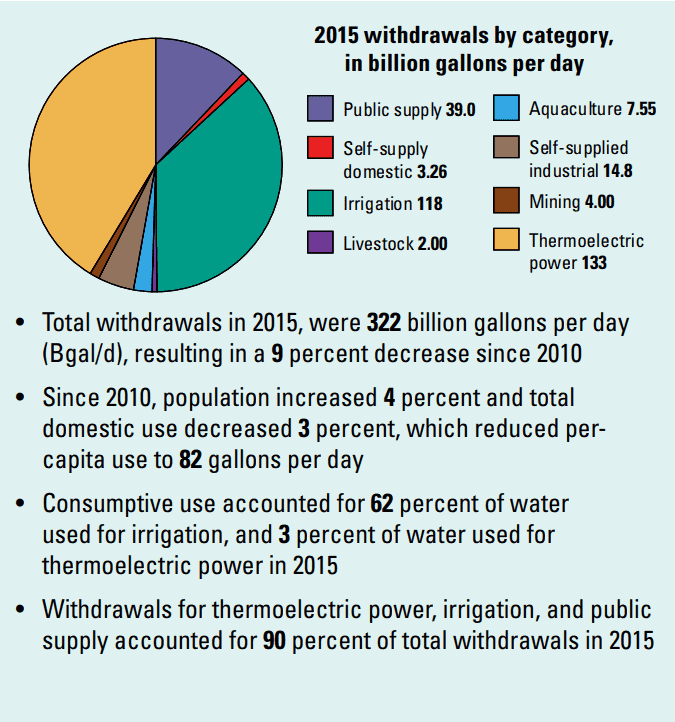
While about 71% of the earth’s surface is covered by water, only about 0.65% of earth’s water is found in lakes, rivers, and other easily-accessible freshwater sources.
About 97.2% is in the world’s oceans, and 2.15% is trapped in glaciers.
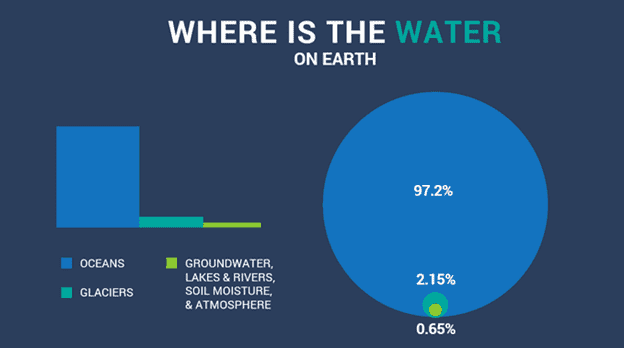
Of the earth’s freshwater, about 75% of the water we withdraw comes from rivers, lakes, and reservoirs, while about 25% comes from groundwater aquifers. A colossal 80% of water withdrawn in America is used to cool our electric power plants and for irrigation.
The two biggest reservoirs in the United States, Lake Mead and Lake Powell, are used to power the Hoover Dam. Their water levels have reached historically low levels, and while they have declined and returned in the past and are currently showing slight signs of improvement it is uncertain if they will ever recover. According to Brad Udall, a water and climate scientist at Colorado State University, “In the year 2000, the two reservoirs were 95% full. They’re roughly 25% full now. It’s hard to overstate how important the Colorado River is to the entire American southwest.”
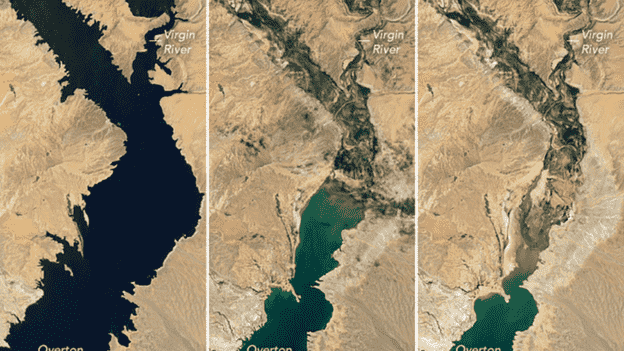
Let’s break down the withdrawal figure further. An estimated 70% of water withdrawals are directed to agriculture, 20% to industrial use, and the remaining 10% are used for domestic purposes—people using their faucets and taking showers. Due to a projected doubling of urban populations by 2050, urban water use is expected to rise from 20% to 30% of the world’s supply. In the early to mid-2010s, some 1.9 billion people (27% of the world’s population) was thought to have lived in potential severely water-scarce regions, but by 2050 the UN expects that to increase from 2.7 billion to 3.2 billion people (42% to 95% of the population).
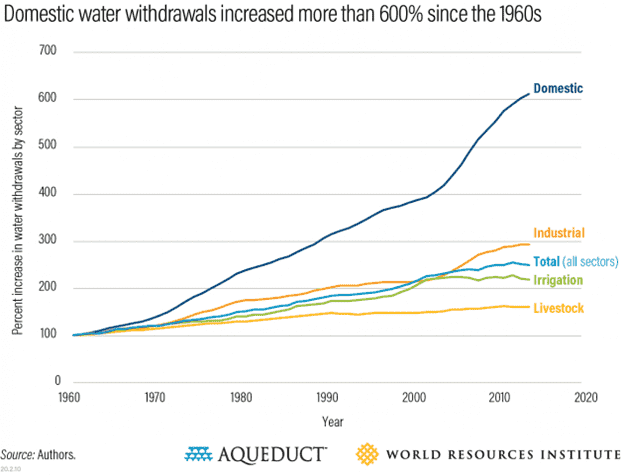
Northern Africa, the Middle East, South Asia are thought by scientists to be the worst places for potential water scarcity events. East Asia and South Africa are also in danger. North America, South America, and Australia/South Pacific are in the best shape.
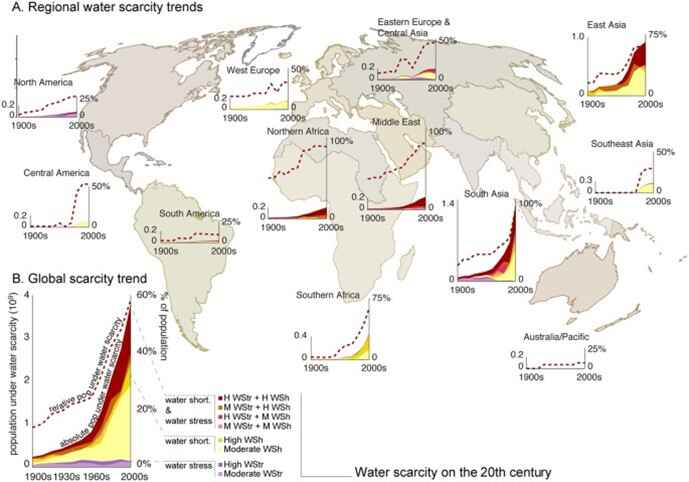
Business Opportunity?
Capturing water and repackaging it for a price is a no-brainer market exploit when the government is incapable of doing it itself. During the Flint Michigan lead poisoning crisis, the U.S. government stopped handing out free water and turned the reins over to Switzerland-based food and beverage company Nestlé, which was then able to boost its legally allowed amount of water withdrawing from the Great Lakes. For a mere $200 fee, Nestlé was able to begin pumping 400 gallons of Michigan water a minute. In 2017, Nestlé was found to be withdrawing far more gallons of Californian spring water than it was legally allowed to. According to The Guardian, in 2020 Nestlé was estimated to have taken 58 million gallons of fresh water compared to the “2.3 million gallons per year it could validly claim,” in the midst of statewide drought and water shortage problems.
Colorado-based hedge fund Water Asset Management has become a massive landholder in the state in order to collect water rights. According to its president Matthew Diserio, water is “the biggest emerging market on Earth,” a “trillion-dollar market opportunity.”
In 2015, Michael Burry was interviewed by New York Magazine on the hot new commodity that is water. He said,
Transporting water is impractical for both political and physical reasons, so buying up water rights did not make a lot of sense to me. What became clear to me is that food is the way to invest in water. That is, grow food in water-rich areas and transport it for sale in water-poor areas. This is the method for redistributing water that is least contentious, and ultimately it can be profitable, which will ensure that this redistribution is sustainable. A bottle of wine takes over 400 bottles of water to produce the water embedded in food is what I found interesting.
Strategic thinkers are no doubt already moving swiftly into this new investment space. There are multiple methods to invest in: one can either purchase water rights (legal rights of property owners to access and use bodies of water adjacent to lands they hold), invest in water-rich farmland, or invest in water utilities, infrastructure, and equipment. One attractive technology is desalination, in which salt water is converted into fresh water by dissolving salt contents, which is currently used for agricultural purposes.
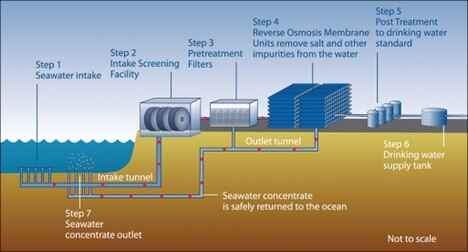
There are 11 desalination plants in California, and 10 more have been proposed. The largest desalination plant in the world, the Sorek Desalination Plant, is home to Tel Aviv, Israel. That plant produces of 137 million of salt-free water a day, compared to one in San Diego which produced about 50 million a day. According to Saudi Arabia’s Deputy Minister of Environment, Water and Agriculture, the middle eastern nation produces 20% of the world’s desalinated water.
The desalination process is becoming cheaper to undertake as the technology behind it advances. In the last 30 years the cost of desalination has dropped by over half, according to Yale Environment 360.
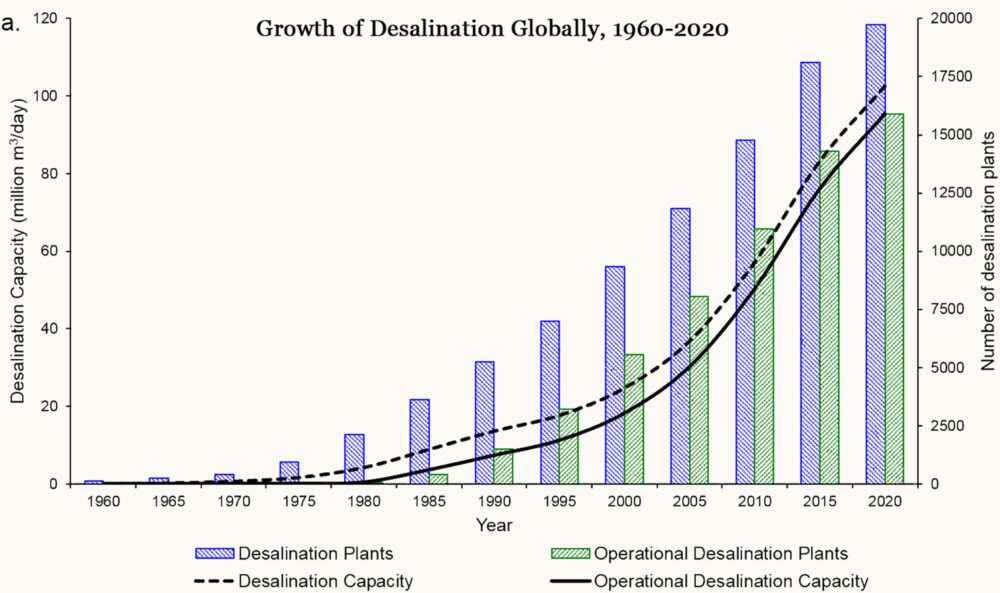
Yet the relatively nascent method still requires a large amount of energy, often derived from oil and gas, to be expended. It runs up against a series of other problems as well, such as potential damage caused to marine life by both the plants’ intakes and the highly salted water it ejects. While Michael Kiparsky of the Wheeler Water Institute at UC Berkely says it will become more useful in the future when water shortages really start to be a problem, it nevertheless could cause a vicious cycle of polluting to solve problems caused by pollution.

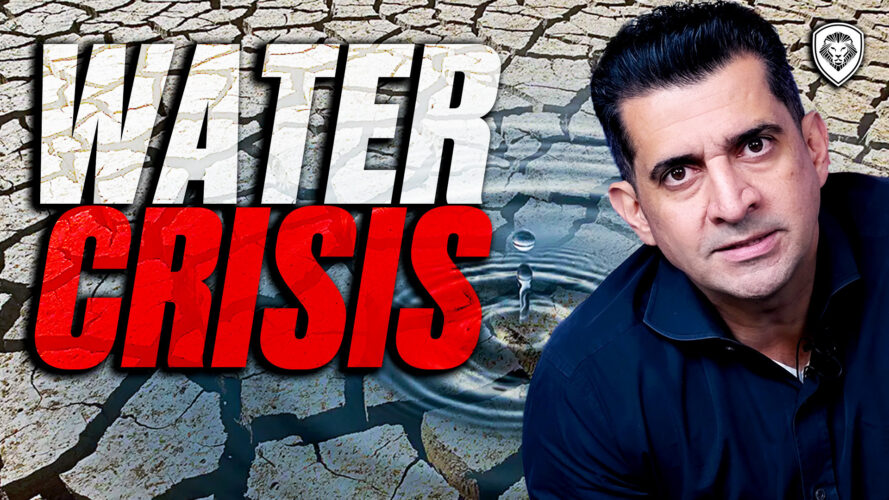
















Add comment